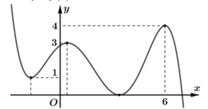Học tại trường
Chưa có thông tin
Đến từ
Hòa Bình , Chưa có thông tin
Số lượng câu hỏi
14
Số lượng câu trả lời
3
Điểm GP
1
Điểm SP
2
Người theo dõi (3)
Đang theo dõi (1)
TT
TT
TT
TT



